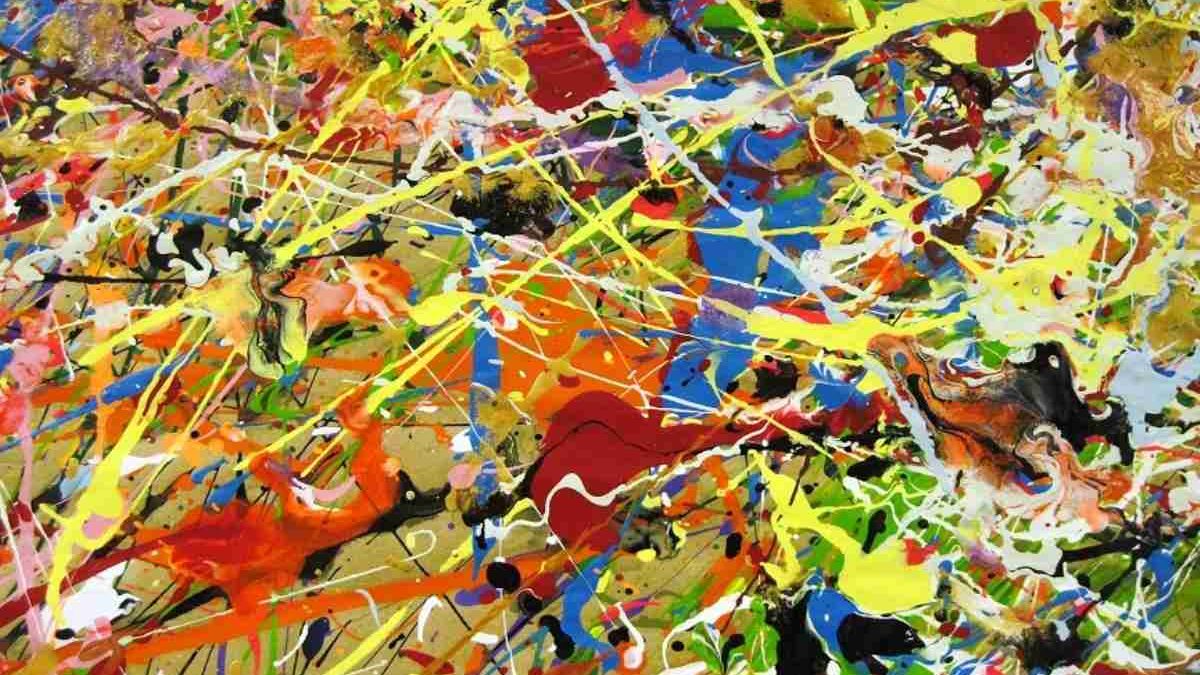
Design An Abstract Work Of Art
Drawing is a timeless art form that has existed for centuries. Some consider it a hobby, while others view it as a skill that can be cultivated over time. Whatever your perspective, draw pictures(bilder malen) is a creative process that can help to express your thoughts, emotions, and ideas in a visual form. Not only can it be enjoyable, but it also comes with a variety of benefits, such as stress-relief, improved focus and concentration, and a heightened sense of mindfulness. In this article, we will explore the art of drawing and provide you with useful tips on how to create beautiful pictures.
1. The Basics of Drawing: Every great artist started with the basics, and the same applies to anyone who wants to draw. Before jumping in and creating masterpieces, it’s important to understand some fundamental concepts – such as composition, perspective, and color theory. Composition refers to the arrangement of elements in the picture, while perspective is the representation of three-dimensional space on a two-dimensional surface. Color theory deals with the principles of color mixing, shading, and contrast. By learning these concepts, you can create artwork that is well-balanced, visually engaging, and realistic.
2. Tools of the Trade: Although it’s possible to draw with just a pencil and paper, having the right tools can make a big difference in the quality of your work. Some essential drawing tools include pencils of varying grades, erasers, sharpeners, paper, rulers, and blending tools such as tortillons or cotton swabs. It’s also important to choose the right type of paper for your drawings, depending on your preferred medium (such as charcoal, pastel, or graphite). By investing in good quality tools, you can enhance your drawing skills and create more detailed and polished artwork.
3. The Importance of Practice: Like any skill, drawing requires practice and persistence. The more you draw, the more you’ll improve – it’s as simple as that. Whether you choose to draw from life, from your imagination, or from photographs, make it a habit to draw for short periods every day. Set yourself challenges and push yourself beyond your comfort zone – this will help you to gain confidence in your abilities and develop your own unique style.
4. Finding Inspiration: One of the greatest joys of drawing is the ability to capture the beauty of the world around us. Whether it’s the intricate details of a flower, the majesty of a landscape, or the expression on a person’s face, there’s no shortage of inspiration for a budding artist. To find inspiration, try spending time outdoors, people watching, or exploring museums and art galleries. Don’t be afraid to experiment with different subjects – the more you draw, the more you’ll discover what resonates with you.
5. Embracing the Creative Process: Finally, it’s important to remember that drawing is a creative process. There are no right or wrong ways to draw, and there’s no one-size-fits-all approach. Some artists prefer to work methodically and follow strict guidelines, while others prefer a more spontaneous and intuitive approach. Whatever your style, don’t be afraid to make mistakes or take risks – this is how you’ll develop your own unique voice as an artist.
In conclusion, drawing is a rewarding and fulfilling hobby that can bring a sense of joy and accomplishment to your life. Whether you’re a beginner or an experienced artist, there’s always room to grow and develop your skills. By mastering the basics, investing in good quality tools, practicing regularly, finding inspiration, and embracing the creative process, you can take your drawing to the next level. So grab a pencil and paper, and let your imagination run wild!






